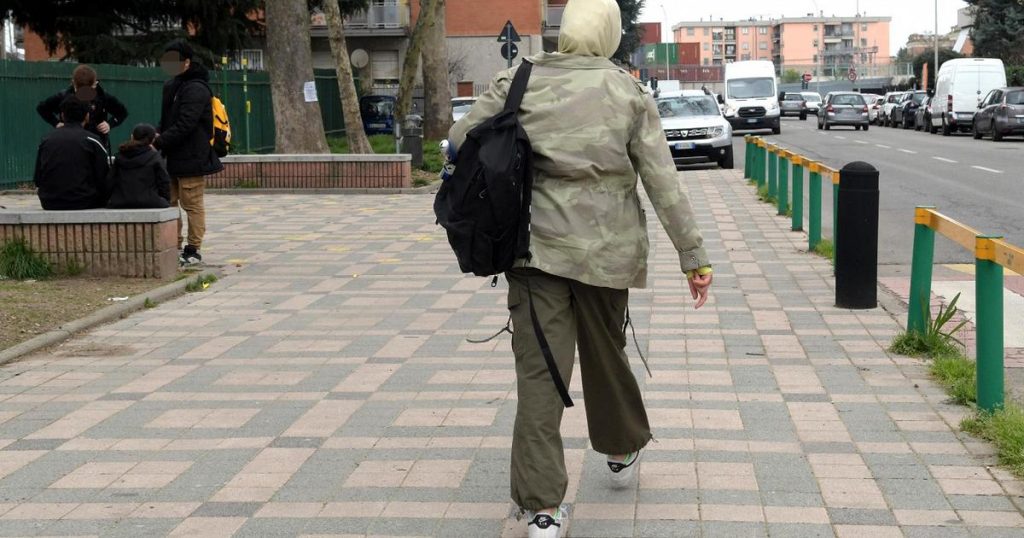The debate on the presence of foreign students in Italian schools continues, following President Mattarella’s support for the principal of the multiethnic school in Pioltello, in the province of Milan, who decided to close the institute coinciding with the end of Ramadan. Education Minister Valditara intervenes on the issue through social media to emphasize the government’s position. He highlights the importance of Italian values and language assimilation for foreign students, as well as parental involvement in learning the Italian language and culture. The government aims to move in this direction to facilitate integration.
The statement comes after an analysis by the Skuola.net portal on the increasing number of foreign students in Italian schools. According to data from the portal, there is a growing presence of foreign students in Italian classrooms, leading to more multicultural environments. Cases like the school in Pioltello, where 43% of students are of non-Italian origin, are not uncommon. Lombardy, in particular, has the highest number of foreign students in Italy, with 222,364 students, representing one-fourth of the total in the country. It is common in this region, as well as others, to exceed the recommended limit of 30% for foreign students per class.
Based on the latest official data from the Ministry of Education and Merit for the 2021/2022 school year, Skuola.net’s analysis reveals that overcrowding of non-Italian students in Italian schools is widespread. Nationally, 6.8% of classes – about 1 in 15 – have a quota of foreign students exceeding 30%, with a further peak of 11.2% in primary schools. The phenomenon is also steadily increasing, with the percentage of classes exceeding 30% of foreign students rising from 5.3% over five years ago. Foreign students make up 10% of the student population in Italy, with 872,000 students not evenly distributed across the country.
According to Daniele Grassucci, director of Skuola.net, the main issues arise when non-Italian students lack adequate language skills for their academic level. He explains that the distribution of foreign students in schools can lead to situations where they either dominate or are absent from classrooms, creating challenges for teachers in terms of addressing language barriers and educational needs. Grassucci highlights that the government needs to address these issues to ensure the successful integration of foreign students into the Italian school system.
It is evident that the presence of foreign students in Italian schools poses various challenges, including overcrowded classrooms, linguistic barriers, and cultural differences. The government’s approach to encouraging the assimilation of Italian values and language among foreign students, as well as involving parents in the learning process, aims to address these challenges. However, there is a need for more comprehensive strategies and support systems to ensure the successful integration and academic success of all students, regardless of their background. The ongoing debate on this issue reflects the complexity and importance of promoting inclusivity and diversity in the Italian education system.


